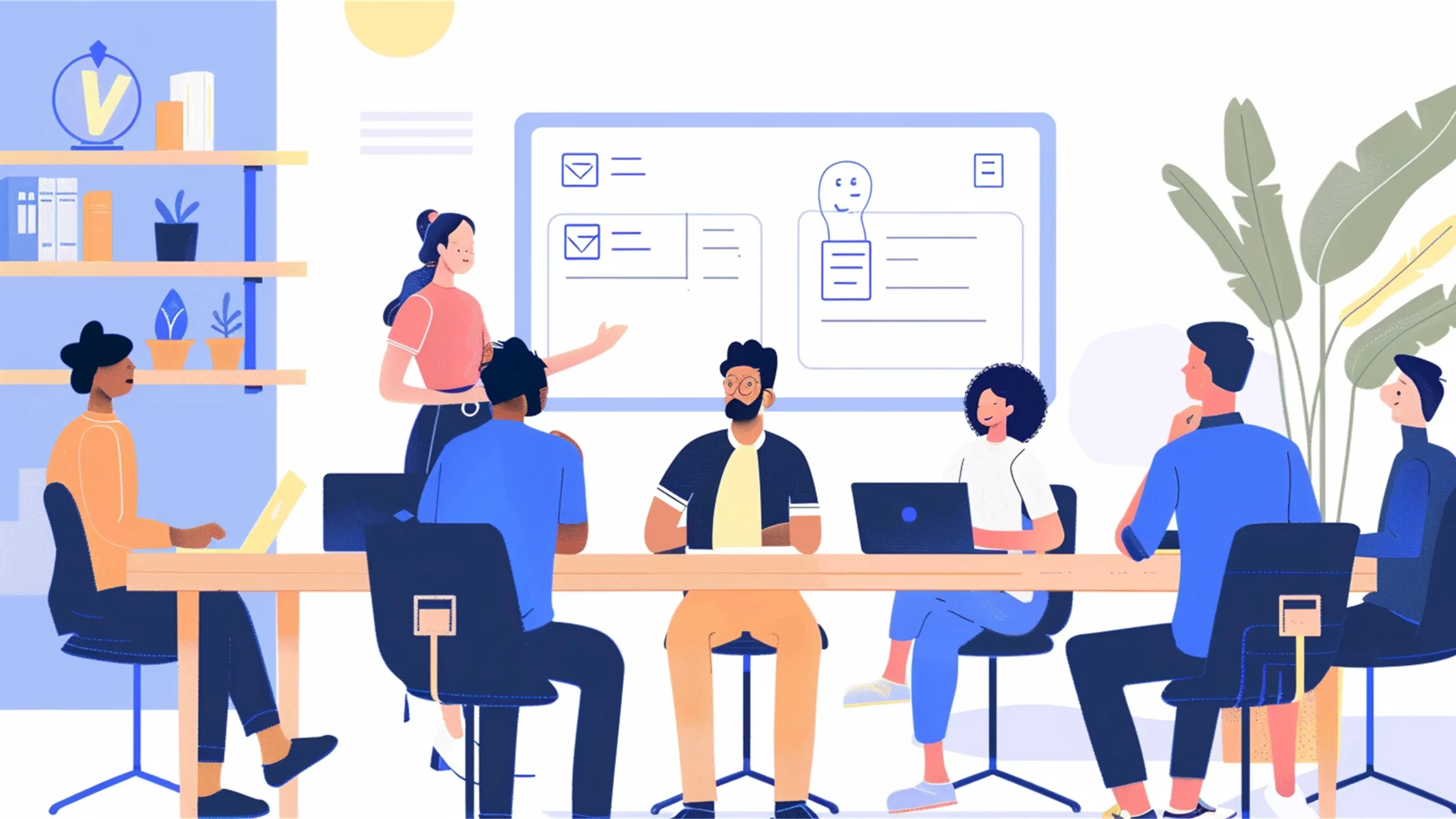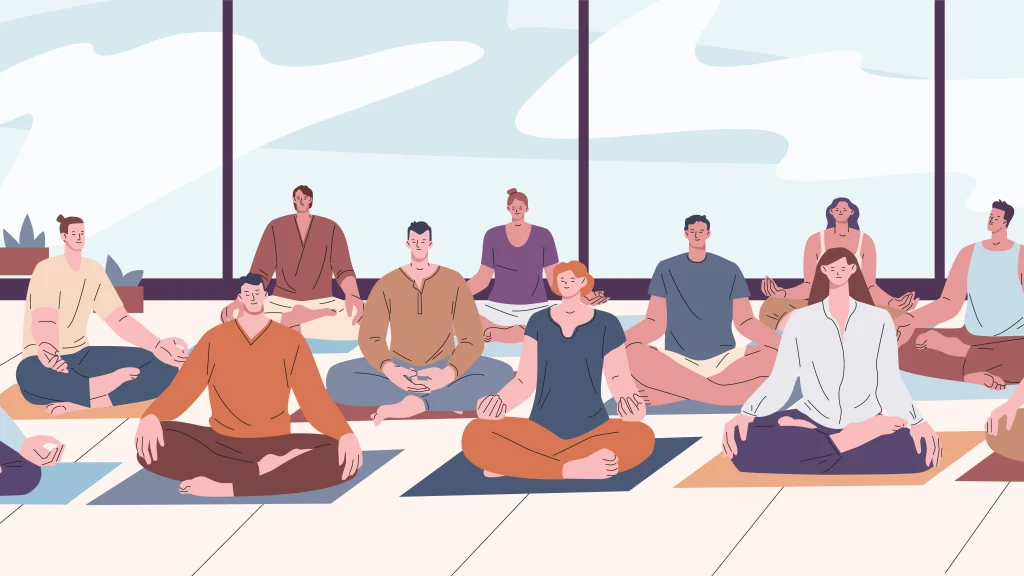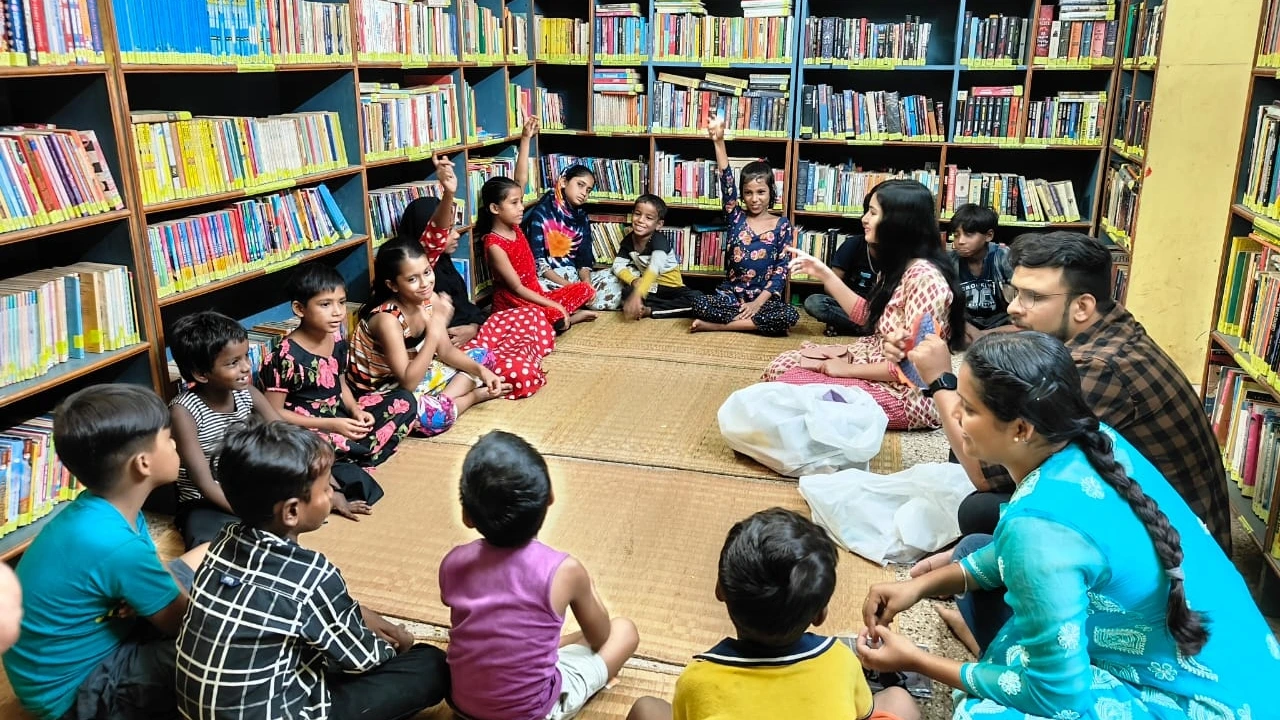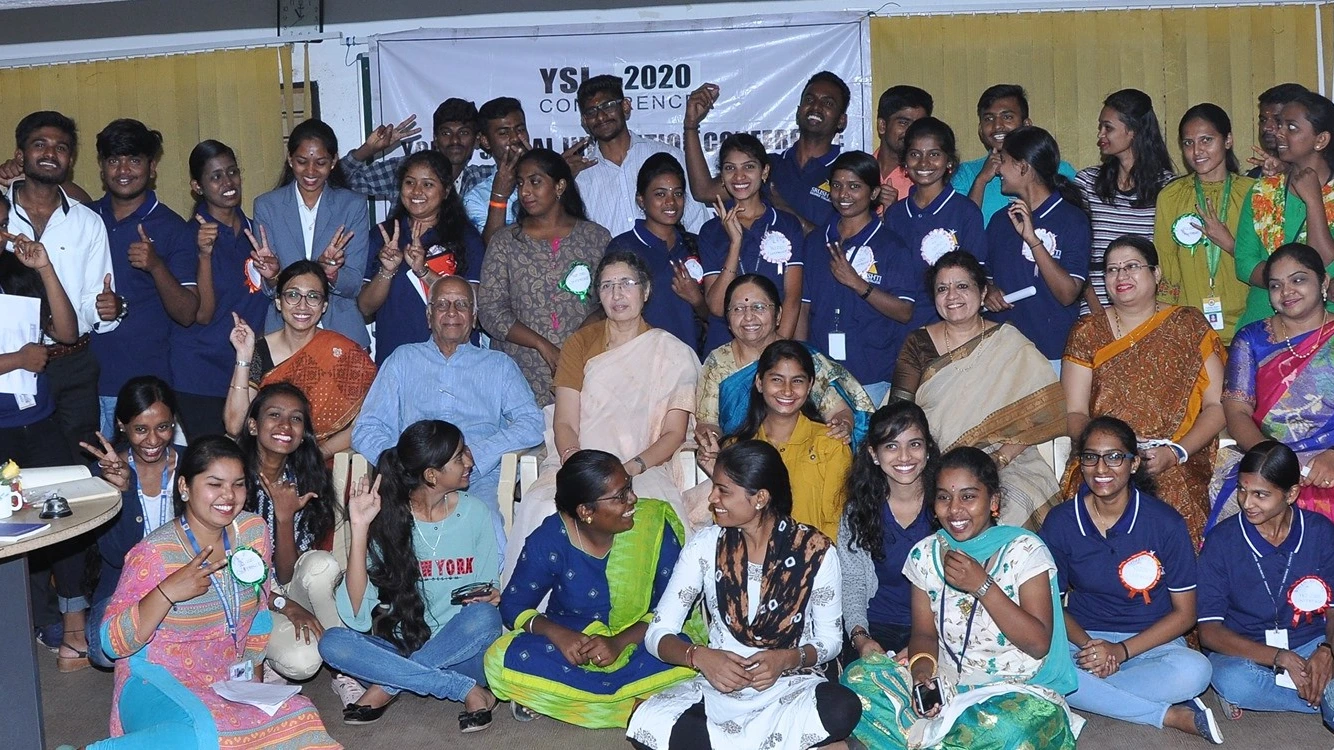Designing and facilitating experiences for well-being in individuals and organizations
The article titled “Designing and facilitating experiences for well-being in individuals and organizations” captures the learning of Viridus Social Impact Solutions of running multiple editions of a course on well-being for CSOs.

Viridus is a small group of likeminded individuals who want to make a difference with the work that we do. Our collective journey began many years ago as a group who collaborated across multiple change projects. It culminated with us coming together in 2017 to form Viridus.
We began with the belief that thoughtful collective action backed by research, evidence and bodies of knowledge could go a long way in addressing the complexities of social impact. We have grown to believe that the well-being of individuals who participate in the process is central to this endeavour. Our collective and individual journeys have only reinforced these beliefs.
Our work at Viridus focuses on three strategic levers for change. The first relates to the well-being of individuals in organizational contexts. The second involves strategic organizational design and development. The third is about building the capacities and capabilities of local self-government institutions in both rural and urban settings.
For us, the well-being team, the gradual and deepening of the understanding (from our own experiences and that of others) that, ‘well-being inspires well-doing’ motivated us to focus solely on well-being. We have a strong conviction that the skills, perspectives and tools of well-being can be learnt and cultivated toward greater well-being. That is what keeps us doing the work that we do.
We have been doing this work with Wipro Foundation and others for a few years now.
Our Well-being Programs with Wipro began during the COVID-19 pandemic in 2020 and were conducted online. The learning experiences we delivered when we first began, bear little resemblance to those we offer now.
The name remains and much of the content remains. However, the participant experience has undergone a sea change. Much of what follows may seem familiar, especially to those who design and facilitate capacity-building workshops.
However, what we have experienced is less about revolutionary insights. It is more about validation. Seeing the impact unfold in real time has been transformative. Our workshops have evolved tremendously, primarily due to the gradual yet profound shift in our own ‘interior condition’ as facilitators. We have learned firsthand that “the success of an intervention depends on the interior condition of the intervener” (Bill O’Brien).
We were once outcome focused. Sometimes we were impatient as well. We had relatively fixed notions of how things should unfold and how participants should behave.
We are now more focused on the process. We approach with greater compassion. We are also more accepting of participants’ realities and current situations.
For example, there are moments during a workshop where participants struggle to engage with certain activities. Earlier in our journey, we might have seen this as a failure, pushing harder to meet our preconceived outcomes. However, by embracing a process orientation and reflecting on participants’ lived realities, we adjust the session midway. We allow more spaces for dialogue and unstructured reflections. We also forgive ourselves for sometimes bad judgement.
This shift in approach results in deeper engagement. It also teaches us the importance of flexibility and trust in the process.
This shift has happened for two key reasons. First, we have come to truly understand, from an instructional design perspective, what it means to put the participant at the center. And second, we are learning in the very lessons we teach, growing in compassion ourselves.
Building capacity for ‘well-being’ presents a unique challenge from the start. It lacks a visible, direct and immediate impact on participants’ work, productivity, and efficiency, which can be easily quantified and communicated.
It is often seen as a ‘nice-to-have’ rather than a necessity. Therefore, our first challenge has been being able to communicate effectively the value and potential impact of the experience and learning that we will provide the participants.
Over the years, we have experimented with various methods. These include offering a sneak preview or orientation. However, the perfect approach still eludes us.
Word of mouth and participant testimonials have been immensely helpful. But one crucial lesson is that people need to be open, willing and ready for this kind of work. They derive the most value when they are truly prepared for the experience.
One of what I consider our greatest achievements has been shifting toward incorporating ‘embodied experiences’ in our methodologies. Embodied practices are those that require participants to use their bodies and all their senses. These include practices such as movement and dance. These involve being alive to somatic experiences and learning from them.
This has not been easy. We and our participants have our backgrounds in certain cultural norms, schooling and conditioning.
Our cognitive understanding and mental frameworks often took precedence. They were what we found the most comfortable to design and facilitate. Moving away from this comfort zone needed risk-taking, stepping out of control, and even risking looking foolish.
In the beginning, when we introduced movement-based activities to help participants connect with their emotions physically rather than through cognitive analysis, we ourselves had to combat a certain scepticism. Sometimes, both facilitators and participants felt awkward.
However, as we trusted in the process and stayed the course, the collective shift in energy and engagement validated our belief in the power of embodiment. It was a reminder that growth often lies just beyond our comfort zones.
Thankfully, working collaboratively has been a saving grace. There is always one of us to keep an eye on the process. We remind each other when we stray, and steer us back to our design principles.
Self-awareness is the starting point of any learning journey. This is especially so in one that is focussed on well-being. In multiple ways, self-reflection and self-examination are distinguishing features of our workshops.
This inner work requires participants to be open, honest and vulnerable. They must also confront parts of themselves they may not have previously examined and often do not wish to.
They must place their trust in the facilitators, each other, and the process. Holding this kind of space requires a balance between pushing and allowing. It also involves creating a safe space and holding it firmly. Slowly we have learned to hold and create safe spaces.
One key element in creating this safe space is facilitator vulnerability. Sharing our struggles and showing our own vulnerabilities can be profoundly impactful. Recently, we experienced the power of ‘authentic stories’ firsthand.
We started sharing our organization’s struggles, individual mistakes, and learnings. This made a visible impact on participants. We were aware of the value of vulnerability earlier as well. However, witnessing its impact was a powerful affirmation.
We have learned something valuable from every workshop. This can sometimes feel like an endless cycle. However, we often plan to stabilize a design for efficiency, only to find ourselves compelled to redesign after new insights or feedback. This is part of our continuous evolution.
In each workshop, we have at least one observer while others facilitate. We observe participants’ responses and struggles. We make notes. Then we have post-workshop discussions on what worked and what didn’t.
This process allows us to refine the experience continually. We also regularly reflect on our journey. We thus recognize our biggest strength, our team.
Over the years, we have developed a shared understanding. It has also resulted in mutual respect and tolerance for each other’s quirks. This makes for an effective and collaborative approach to designing and delivering workshops.
We have multiple designers and facilitators. This allows us to analyze our experiences more objectively. We listen to each other mindfully. We try and let go of personal attachments to specific designs or styles. We also accept feedback without defensiveness.
All of these enable us to move forward on our journey. This process also helps us to learn continually.

Lastly, one other thought comes to mind. One of the things we have had to guard against is mistaking positive post-workshop feedback for true impact. Understanding ‘long-term impact’ continues to be a challenge. Most participants, immediately after a powerful and engaging experience, will give positive feedback and say nice things about the process and facilitators.
This is gratifying and can be tempting to interpret as success. However, we are acutely aware that well-being is a journey. It is a deeply personal and unique journey for each individual.
A single experience, no matter how powerful, cannot shift the status quo instantly. Real change happens gradually. It happens over time. It also needs sustained effort.
This understanding makes it all the more rewarding when a participant reaches out, sometimes months or even years later, to share a small win or a personal victory that they attribute to the workshop. These moments, feel like the most authentic indicators of success. They reaffirm the slow but meaningful impact of this work. These also bring a profound sense of joy and purpose to our efforts.
It has indeed been a journey! Sometimes challenging, sometimes frustrating, but always deeply rewarding and enriching. We wouldn’t have it any other way. Our heartfelt gratitude goes out to all the participants, past and present, who have been our willing and appreciative ‘guinea pigs’, encouraging, supporting and validating our efforts at every stage.
Endnotes
- Bill O’Brien, the late CEO of Hanover Insurance summarized his most important insights from leading transformational change in his own company. O’Brien said: “The success of an intervention depends on the interior condition of the intervener.” We might say it this way: the success of our actions as change-makers does not depend on what we do or how we do it, but on the inner place from which we operate.
- Embodiment practices use the body as a tool for healing through self-awareness, mindfulness, connection, self-regulation, finding balance, and creating selfacceptance. Embodiment explores the relationship between our physical being and our energy. It involves the interaction of our body, thoughts and actions. For more details, please refer to the website – positivepsychology.com



No approved comments yet. Be the first to comment!